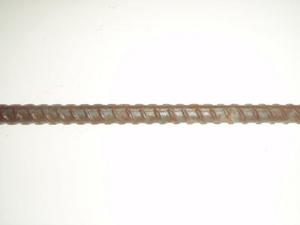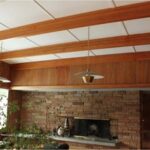A roof truss is a very strong and stable frame made for rooftops. The most common roof trusses are made from wood that is held together by metal connector plates. Other roof trusses are made from steel beams welded together to provide the same strength and stability as the wooden trusses.
The metal trusses are commonly used for commercial grade buildings. The wooden frame trusses are often used for homes, garages, and barns. However, if the barns and garages are of commercial grade, the metal trusses have been substituted.
The wooden roof trusses need to have be fairly dry when being made. With today’s construction needs, contractors try to get wood that is flame retardant. They will also use rust-free metal connectors. By using all of these things, contractors who make roof trusses can build more reliable, safe, and stable trusses.
The most commonly used roof trusses are Gable, hip, and the Polynesian. On occasion, a piggyback, attic truss, flat pitched, and skillion trusses are used depending on the type of roof line that is needed for the structure.
Pros and Cons About Various Roof Trusses
The following lists the pros and cons of the hip, skillion, and steel roof trusses previously mentioned.
Hip Roof Trusses
The hip gables makes the roof fit rectangular roofs and the four sides to the gable and roof are nearly always the same pitch.
Pros
Guttering can be placed around the entire finished roof.
Eaves hang over the structure to enable the structure to be protected more so than other gables.
The overhanging eaves from the gables help keep homes dryer, warmer, cooler and protected.
Cons
Making sure the enclosed gable fascias are parallel. If they aren’t parallel to the gables and the structure, having exposed areas in the rafters is inevitable.
If using an offset hip gable plan, there may be chances of leakage from rain and snow.
If living in an area with several trees, a build of leaves can cause an overflow in the valley of the gable. With the build up leaves that aren’t cleared often, this can cause the flashing area to rust over time.
Skillion Roof Trusses
A skillion truss is often used on an addition of a home that has a hip truss. This allows the pitch or slop of the roof remain the same.
Pros
The skillion trusses can be used for kitchen or bathroom additions with a hip or similar truss.
The skillion truss is an economical way to roof over an odd addition to any home, like a storage area or deck added to the exterior of a home’s main floor plan.
Cons
The skillion truss won’t work with a truss pitch that is too steep.
The off pitch from a steep slope won’t allow for a higher ceiling and causes it to become too low.
Steel Roof Trusses
Steel trusses are often used in commercial buildings, like grocery stores, race track grandstands, and some higher pitched roofs, like pergolas.
Pros
Steel trusses can be lightweight these days compared to 10 years ago. This allows for faster construction with lessor chances of injuries to workers building steel trusses.
Steel trusses can be used in the same fashion as wooden trusses for homes since they are now more lightweight than previous years.
Steel trusses are more cost efficient in some cases, like for larger structures.
Steel trusses complies with fireproofing regulations more so than wooden roof trusses.
Cons
A person building a steel truss would need to be able to work with steel. This involves welding, grinders, chop saws, hammers, and a spanner.
Using a tradesman in the metal truss industry could add to the cost of the steel trusses over the cost of making them yourself.




